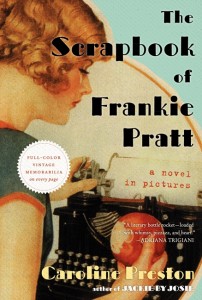
Frankie Pratt has a deep sense of loyalty and responsibility to her mother, but at Vassar she becomes more independent and self-reliant after a few stumbles. While this book is told through images and very little text, readers can see how Pratt grows from a naive young woman with big dreams into an educated woman with even bigger dreams. It’s just plain fun to journey with Pratt from New Hampshire to Vassar College and from college to New York City and Paris.
Preston incorporates typewriter-written text among a variety of newspaper and magazine cut outs, paper dolls, photographs, and other elements to tell Pratt’s story. The scrapbook creates a fairy tale like quality to the story, which is just how it should be given Pratt’s adventures. One aspect of the book that’s missing is textured pages and more tactile scrapbooking materials or some semblance of that feeling readers would get with an actual scrapbook. However, that’s a minor complaint given that the author easily captures readers’ hearts with little text and very visual pages. The Scrapbook of Frankie Pratt by Caroline Preston represents a snapshot of one young woman’s life at a time when things are quickly changing for women and the world. It’s a little powerhouse of intimate moments that coax emotional attachment and pure joy.

Author of the New York Times Notable Book Jackie by Josie, Caroline Preston pulls from her extraordinary collection of vintage ephemera to create the first-ever scrapbook novel, transporting us back to the vibrant, burgeoning bohemian culture of the 1920s and introducing us to an unforgettable heroine, the spirited, ambitious, and lovely Frankie Pratt.
Check out this video about the making of the scrapbook.
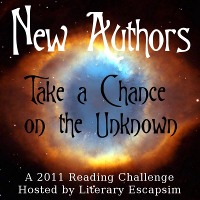

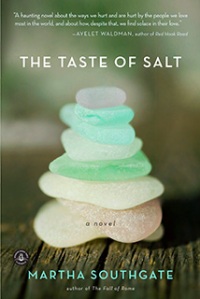

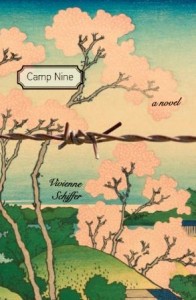
 About the Author:
About the Author:
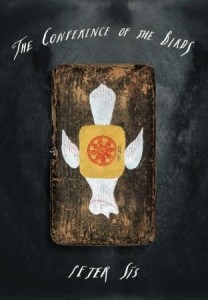

 About the Author:
About the Author:
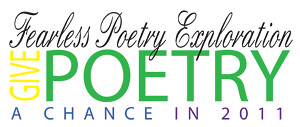
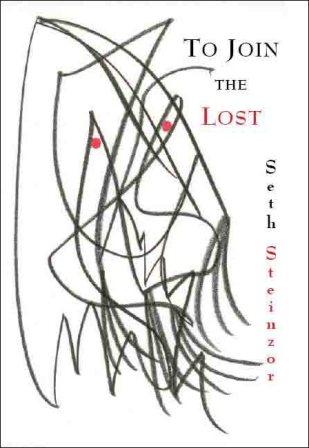



 About the Editor:
About the Editor: About the Author:
About the Author:
 About the Author:
About the Author:



